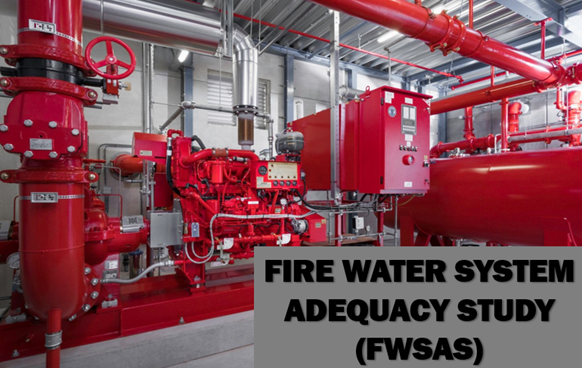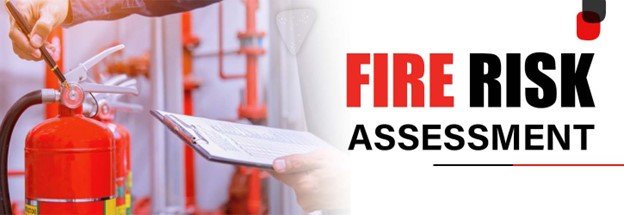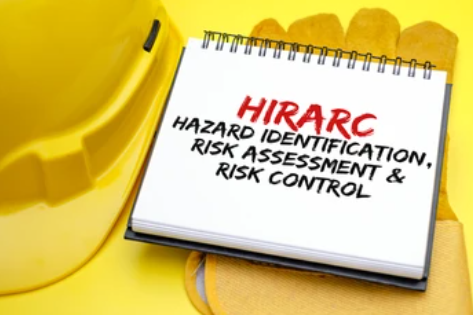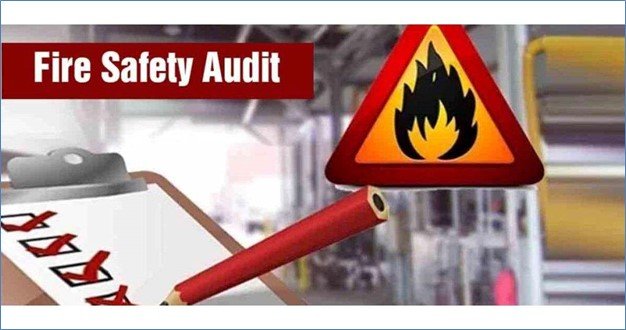Author: yashpal
-

Fire Water System Adequacy Study (FWSAS)
Fire Water System Adequacy Study (FWSAS) is to assess the effectiveness, reliability, and sufficiency of a facility’s fire water system in combating fires, ensuring compliance, and identifying areas for improvement.
-

Safety Manual
Safety Manual is to establish and communicate comprehensive guidelines, procedures, and best practices aimed at ensuring the health, well-being, and safety of individuals within the workplace.
-

Fire Protection And Safety Design (FPSD)
Fire Protection and Safety Design (FPSD) is a comprehensive approach to minimizing the risk of fires and ensuring the safety of people and property within buildings and structures.
-

Fire Safety Risk Assessment (FSRA) Study
The objective of a fire safety risk assessment is to systematically identify potential fire hazards, evaluate the associated risks, and implement measures to reduce the likelihood of fires occurring and minimize their impact on people, property, and the environment.
-

Hazard Identification, Risk Assessment, and Risk Control (HIRARC) Study
Hazard Identification, Risk Assessment, and Risk Control (HIRARC) proactively identifies potential hazards in the workplace or any other environment, assess the associated risks, and implement control measures to minimize or eliminate those risks.
-

Hazard Identification (HAZID) Study
HAZID (Hazard Identification) is a technique for early identification of potential hazards and threats from a project, plant, or a plant modification. It is therefore likely to be the first formal HSE-related study for any new project.
-

Fire Load Calculation (FLC) Study
Fire load calculation is a critical aspect of fire safety and risk assessment in buildings and industrial facilities. The fire load represents the total amount of combustible materials within a given space, and calculating it is essential for determining the potential severity of a fire.


